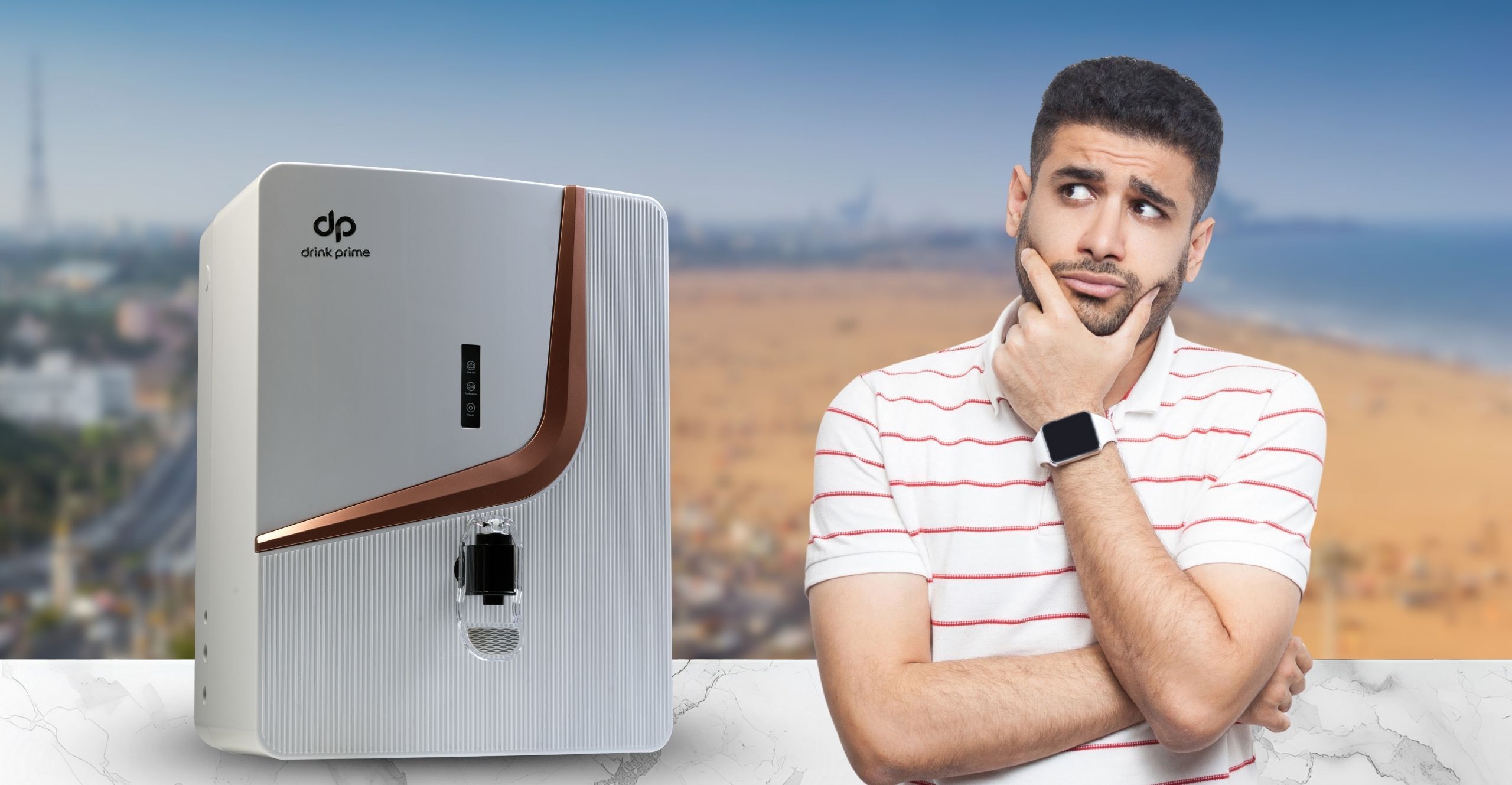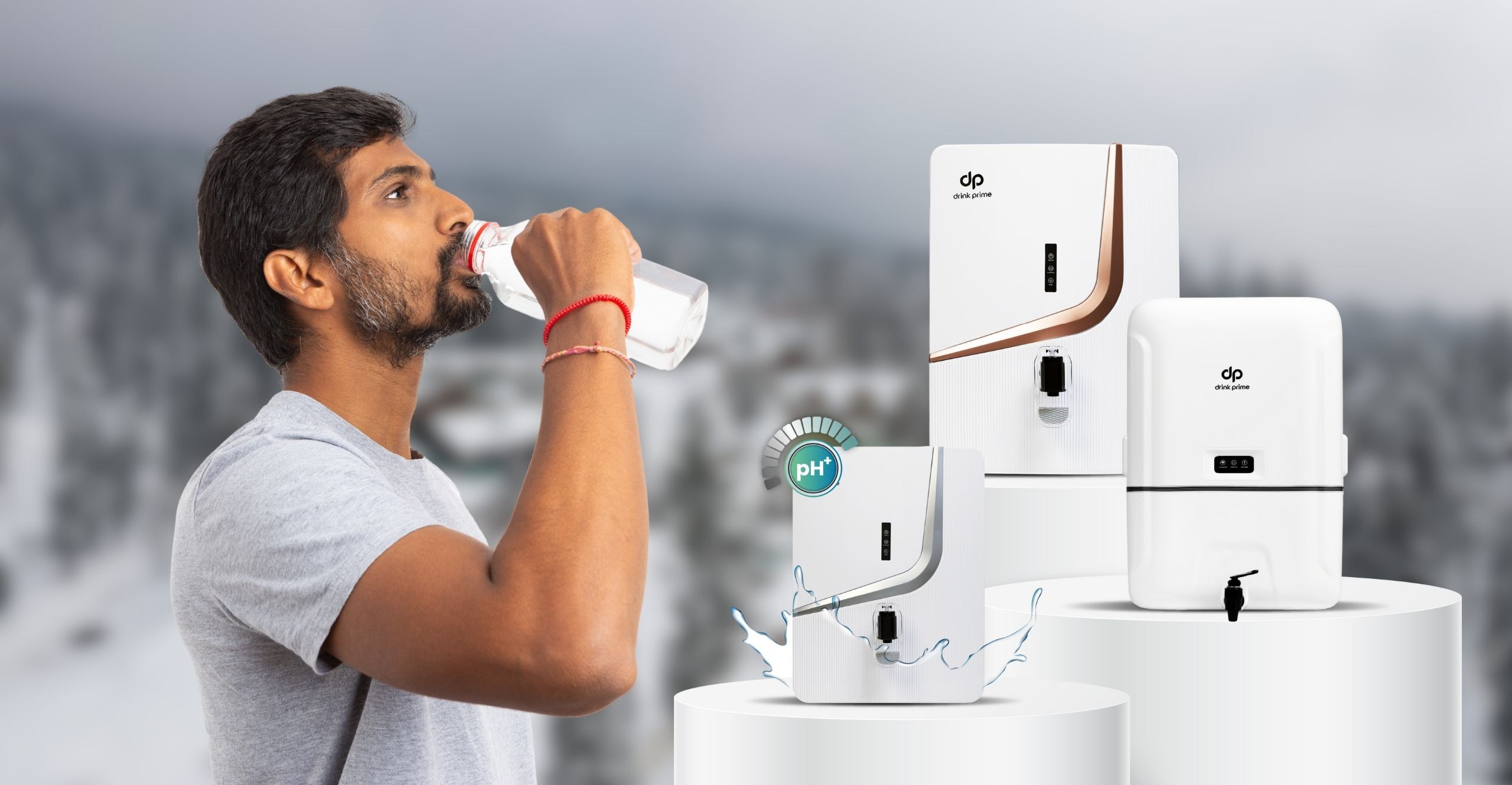As the summer heat beats down on us, you’ve probably noticed yourself chugging glass after glass of water, only to feel thirsty again a few minutes later. But did you know that in many parts of the country, there’s simply not enough water for everyone?
That’s why it’s crucial for each of us to do our part in water conservation. And one effective way to contribute is by recycling water.
In this blog, we’ll explore some simple yet impactful ways individuals can help conserve water through recycling.
Let’s dive in!
Here are some of the best ways to conserve water by recycling at home
Recycling water at home is a practical and effective way to contribute to conservation efforts. Here are some of the best ways to conserve water through recycling:
Reuse cooking water: This is one of the best ways to help conserve water. After boiling or steaming vegetables, don’t pour the leftover cooking water down the drain. Instead, let it cool down and then use it to water your indoor or outdoor plants. This water contains vegetable nutrients and is perfect for giving your plants a healthy boost!
Recycle rinse water: When rinsing fruits and vegetables in the sink, capture the rinse water in a basin or bowl. This water can be reused to water houseplants or garden beds. Just make sure to use it within a day or two to prevent any bacterial growth.
Recycle water from air conditioners: One effective way to recycle water at home and conserve water is by collecting condensate water from air conditioning units and dehumidifiers. Instead of letting this water go to waste, it can be repurposed for various non-potable applications, such as watering plants, cleaning, or flushing toilets. By utilizing condensate water, you can reduce your reliance on treated water for these tasks, conserving precious freshwater resources.
Collect rainwater: One of the best ways to help conserve water is by recycling rainwater. Install rain barrels or tanks to collect rainwater from your roof. This harvested rainwater can be used for outdoor irrigation, reducing your reliance on treated water for watering gardens and lawns. Rainwater harvesting is a simple and effective way to conserve water and save money on your water bill.
Utilise greywater: Greywater, wastewater generated from activities like laundry, dishwashing, and bathing, can be reused for non-potable purposes. It can then be used for activities such as toilet flushing and outdoor irrigation. By recycling greywater, you can significantly reduce your household’s water consumption.
Monitor and fix leaks: Regularly check your plumbing fixtures for leaks and repair them promptly. Even small leaks can waste a significant amount of water over time. By fixing leaks and maintaining your plumbing system, you can conserve water and lower your water bill.
Incorporating these simple steps into your daily routine can make a significant difference in conserving water at home. By recycling water, you not only contribute to water conservation efforts but also save money and reduce your environmental impact.
Using water recycling technology for water conservation
Water recycling technology includes various methods and systems designed to conserve and reuse water. Each type of technology serves specific purposes and offers unique benefits. These are some common types of water recycling technology:
Rainwater harvesting: This involves collecting and storing rainwater from rooftops, surfaces, and other areas. This collected water can be used for a variety of non-potable applications such as irrigation, flushing toilets, and even laundry. Rainwater harvesting systems typically include gutters, downspouts, storage tanks, and filtration systems to ensure the water is clean and suitable for its intended use. This method reduces reliance on municipal water supplies and mitigates stormwater runoff, which can help prevent flooding and erosion.
Greywater recycling: These systems treat and reuse wastewater from household activities like bathing, laundry, and dishwashing. Unlike blackwater (which comes from toilets and contains significant contaminants), greywater is relatively clean and can be repurposed for irrigation, toilet flushing, and other non-potable uses. Greywater systems typically involve filtration, biological treatment, and disinfection processes to ensure the water is safe for reuse. By recycling greywater, households can significantly reduce their water consumption and lessen the load on sewage treatment facilities.
Blackwater treatment: It involves treating wastewater that contains human waste, typically from toilets. Advanced blackwater treatment systems use anaerobic digestion, membrane bioreactors, and advanced oxidation to break down contaminants and pathogens. Treated blackwater can be reused for non-potable applications or even further purified for potable use in some cases. This technology is particularly useful in areas with severe water scarcity or facilities aiming for zero waste.
Industrial water recycling: As the name suggests, Industrial water recycling involves treating and reusing water within industrial processes. Industries often use significant amounts of water for cooling, processing, and cleaning. By implementing water recycling systems, industries can treat wastewater on-site and reuse it for various purposes, reducing their demand for freshwater and minimizing wastewater discharge. Techniques such as reverse osmosis, ultrafiltration, and chemical treatment are commonly used in industrial water recycling. This not only conserves water but also helps industries comply with environmental regulations and reduce operational costs.
Air-to-Water technology: This technology extracts moisture from the air and converts it into clean drinking water. This process, known as atmospheric water generation, involves cooling air to condense water vapor and filtering and purifying the collected water. This technology is particularly beneficial in humid regions and areas with limited access to traditional water sources. It provides a sustainable way to produce potable water from the atmosphere, making it an innovative solution for water-scarce areas.
Get 7 Days Risk Free Trial
Conclusion
Incorporating these simple steps into your daily routine can make a significant difference in conserving water at home. By recycling water, you not only contribute to water conservation efforts but also save money and reduce your environmental impact.
If you are looking for a reliable RO + UV water purifier for your drinking water needs, DrinkPrime is the perfect choice! With our affordable subscription plans, you and your family can enjoy safe drinking water 24/7.




